Home>Storage Ideas>Kitchen Storage>Farmhouse Kitchen Ideas: 36 Modern Rustic Kitchen Pictures
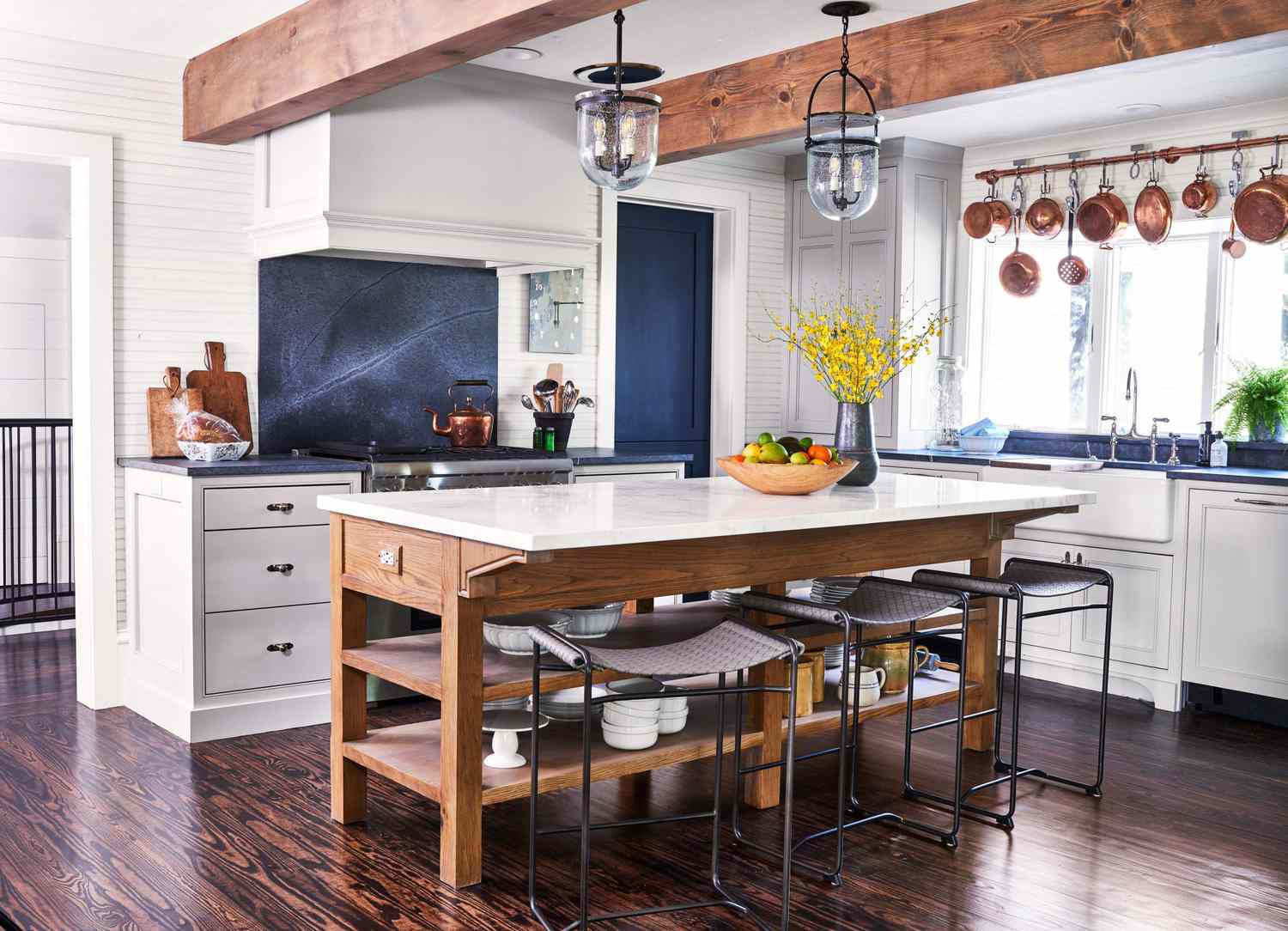

Kitchen Storage
Farmhouse Kitchen Ideas: 36 Modern Rustic Kitchen Pictures
Modified: January 6, 2024
Get inspired by these 36 modern rustic kitchen pictures and explore farmhouse kitchen ideas, including creative kitchen storage ideas, to enhance your culinary space.
(Many of the links in this article redirect to a specific reviewed product. Your purchase of these products through affiliate links helps to generate commission for Storables.com, at no extra cost. Learn more)
Introduction
Welcome to the world of farmhouse kitchen ideas, where modern functionality meets rustic charm. The farmhouse style has gained popularity in recent years, and it’s not hard to see why. With its warm and inviting aesthetic, the farmhouse kitchen creates a cozy and comfortable atmosphere that makes everyone feel right at home.
Whether you’re renovating your kitchen or simply looking for some inspiration to refresh the space, we’ve got you covered. In this article, we’ll explore 11 farmhouse kitchen ideas that will transform your cooking area into a beautiful and functional space.
From open shelving and distressed cabinets to reclaimed wood countertops and vintage lighting, these ideas will help you create the rustic farmhouse kitchen of your dreams. So, let’s dive in and discover the key elements that will make your farmhouse kitchen truly shine.
Key Takeaways:
- Embrace the rustic charm of a farmhouse kitchen with open shelving, distressed cabinets, vintage lighting, and reclaimed wood countertops to create a cozy and inviting space that exudes warmth and character.
- Incorporate decorative accents such as vintage signs, mason jars, rustic shelves, and botanical elements to infuse your farmhouse kitchen with personality and nostalgia, creating a truly charming and inviting atmosphere.
Open Shelving
Incorporating open shelving in a farmhouse kitchen is an excellent way to showcase your favorite farmhouse-style dishes and accessories. Open shelves not only add a charming touch to your kitchen but also provide a practical and functional storage solution.
One of the key benefits of open shelving is that it allows you to display your collection of farmhouse-style dishes and accessories. Think vintage plates, mason jars, and rustic baskets. By showcasing these items, you create a visually appealing display that adds character and personality to your kitchen.
When incorporating open shelving, it’s important to consider both the aesthetics and functionality. First, choose the right materials for your shelves. Wood shelves, particularly reclaimed wood, are a popular choice for a farmhouse kitchen. They add warmth and natural texture to the space.
Next, consider the placement of your open shelves. In a farmhouse kitchen, it’s common to have them above the sink or near the cooking area. This allows for easy access to frequently used items and creates a focal point in the kitchen.
To make the most of your open shelving, organize your dishes and accessories in a visually pleasing way. Group items by color, style, or theme to create an organized and cohesive look. You can also add pops of greenery with potted herbs or small plants to bring life and freshness to the space.
Don’t be afraid to mix and match different textures and materials. Combine rustic wooden bowls with vintage copper pots or stoneware plates. This eclectic mix will add depth and visual interest to your open shelves.
Finally, keep in mind that open shelving requires regular cleaning and maintenance. Dust and wipe down the shelves regularly to keep them looking their best. Consider using clear glass or acrylic shelf liners to protect the wood and make cleaning easier.
Incorporating open shelving in your farmhouse kitchen not only creates a functional storage solution but also adds a touch of charm and character. With the right materials, careful organization, and personalized styling, your farmhouse-style dishes and accessories will take center stage in your kitchen.
Farmhouse Sink
No farmhouse kitchen is complete without a classic farmhouse sink. Installing a farmhouse sink not only adds a touch of rustic charm but also provides practical benefits for your kitchen.
When choosing a farmhouse sink, there are a few factors to consider. First, the material. Farmhouse sinks are commonly available in materials like fireclay, cast iron, and stainless steel. Each material has its own unique characteristics and aesthetic appeal.
Fireclay sinks are a popular choice for farmhouse kitchens due to their durability and timeless look. They are resistant to chipping, scratching, and staining, making them a practical option for everyday use. Fireclay sinks also have a smooth surface that adds a touch of luxury to your kitchen.
Cast iron sinks are another great option for a farmhouse kitchen. They are known for their durability and ability to withstand heavy use. Cast iron sinks often come with an enamel finish that not only adds a pop of color but also makes cleaning a breeze.
If you prefer a more modern farmhouse aesthetic, consider a stainless steel farmhouse sink. Stainless steel is a versatile material that complements a wide range of kitchen styles. It is easy to clean, resistant to heat and stains, and offers a sleek and contemporary look.
Once you’ve chosen the material for your farmhouse sink, you’ll need to select the right finish to enhance the rustic look. For a traditional farmhouse feel, opt for a white or off-white finish that mimics the look of porcelain. This classic look pairs well with a variety of kitchen color schemes.
If you’re looking for a more unique and rustic touch, consider a sink with a patina or hammered finish. These finishes add texture and visual interest, lending a vintage and aged appearance to your farmhouse sink.
When it comes to installation, farmhouse sinks are typically installed as an undermount or apron front sink. Undermount sinks are mounted underneath the countertop, creating a seamless look. Apron front sinks, on the other hand, have a visible front panel that extends slightly beyond the edge of the countertop, showcasing the farmhouse design.
Installing a farmhouse sink in your kitchen brings a timeless and rustic charm to the space. By choosing the right materials and finishes, you can create a focal point that not only adds visual interest but also serves as a functional and durable element in your farmhouse kitchen.
Barn Doors
Embrace the rustic charm of a farmhouse kitchen by incorporating barn doors as a unique and eye-catching feature. Barn doors not only add a touch of nostalgia but also offer a range of benefits in a modern rustic kitchen.
One of the main benefits of using barn doors in a farmhouse kitchen is their space-saving nature. Traditional swinging doors can take up valuable floor space, especially in smaller kitchens. Barn doors, on the other hand, slide along a track, allowing you to save space and maximize the functionality of your kitchen.
Barn doors also add a visual appeal to your kitchen. They create a focal point that adds character and charm. Opt for wooden barn doors to enhance the rustic feel of your farmhouse kitchen. Consider distressed finishes, reclaimed wood, or even a weathered paint effect to capture the authentic farm-style look.
Another advantage of barn doors is their versatility in design. They can be used to conceal storage areas, pantries, or even as a decorative element for a niche. The use of barn doors adds an element of surprise and intrigue to your kitchen, making it feel more unique and personalized.
Barn doors can be customized to complement your farmhouse kitchen aesthetic. You can choose from a variety of hardware options, including iron hinges, vintage handles, or even customized pulls made from reclaimed materials. These small details make a big impact and can tie the entire farmhouse theme together.
In terms of functionality, barn doors in the kitchen offer easy access and visibility to the pantry or storage behind them. You can quickly grab ingredients or utensils without having to open and close a traditional door. With a simple slide, you can effortlessly move through your kitchen while keeping everything within reach.
Lastly, barn doors can be a conversation starter and a unique feature that sets your kitchen apart. They add a distinct character to your farmhouse kitchen and create a warm and inviting ambiance that is perfect for family gatherings and entertaining guests.
Whether you choose a single barn door or double doors, incorporating barn doors in your farmhouse kitchen is a stylish and functional choice. The space-saving nature, customizable design options, and added charm make barn doors an excellent addition to a modern rustic kitchen.
Distressed Cabinets
Transform your kitchen cabinets into a rustic focal point by distressing them for a farmhouse feel. Distressed cabinets add depth and character to your farmhouse kitchen, giving it an authentic and lived-in look. Here are some techniques to achieve the perfect distressed finish for your cabinets.
The first step in distressing cabinets is to choose the right paint color. Opt for muted shades like creams, whites, or light pastels to achieve a vintage farmhouse look. These colors create a soft and warm backdrop for your kitchen and allow the distressed details to stand out.
Once you have selected the base color, it’s time to start distressing. One common technique is sanding. Use sandpaper or a sanding block to gently sand the edges and corners of the cabinet doors and drawers. This creates a worn and aged appearance, mimicking years of use and adding to the rustic charm.
You can also use a hammer or chain to create small dents and dings on the surface of the cabinets. These imperfections add to the distressed look and make the cabinets appear weathered and well-loved.
Another technique is dry brushing. Apply a small amount of a darker paint color onto a brush, and then lightly brush it over the cabinet surface in a crisscross motion. This technique adds depth and texture to the cabinets, creating a distressed and aged effect.
If you want to take it a step further, consider adding glaze or stain to enhance the distressed look. Apply a thin layer of glaze or stain onto the cabinets and then wipe it off with a clean cloth, leaving the product in the crevices and corners. This technique adds an antique patina to the cabinets, giving them an even more rustic appearance.
To complete the distressed cabinet look, consider swapping out the cabinet hardware with vintage-inspired knobs or handles. Antique brass or oil-rubbed bronze finishes work particularly well in a farmhouse kitchen. These small details can make a big difference in achieving the overall distressed aesthetic.
Remember, distressing cabinets is a process that requires patience and experimentation. Start with small test areas or spare cabinet doors before committing to the entire kitchen. By exploring different distressing techniques and finding the right balance, you can transform your cabinets into a stunning and rustic focal point in your farmhouse kitchen.
Vintage Lighting
Bring a touch of nostalgia and charm to your farmhouse kitchen by incorporating vintage lighting fixtures. Vintage light fixtures not only illuminate your space but also enhance the overall rustic ambiance, creating a warm and inviting atmosphere. Here are some ideas for adding vintage lighting to your farmhouse kitchen.
One popular option is pendant lighting. Hang a row of vintage-inspired pendant lights above your kitchen island or dining area to create a focal point. Look for pendant lights with metal or glass shades, intricate details, or even Edison bulbs to achieve an industrial, vintage look.
Another option is a vintage chandelier. Install a beautiful antique or distressed chandelier in the center of your kitchen to add elegance and a touch of old-world charm. Choose a chandelier with candle-style lights or ornate details to enhance the farmhouse aesthetic.
If you have open shelving or a display area in your kitchen, consider adding vintage sconces. These wall-mounted fixtures not only provide additional lighting but also serve as decorative accents. Look for sconces with wrought iron or brass finishes to enhance the rustic feel of your farmhouse kitchen.
To truly embrace the vintage vibe, consider repurposing old household items as unique light fixtures. For example, you could turn a vintage colander or a metal milk jug into a pendant light. This DIY approach adds a creative and personalized touch to your farmhouse kitchen.
In addition to the style of the light fixtures, consider the type of lighting they provide. Soft, warm lighting, such as Edison bulbs or warm-toned LED lights, creates a cozy and inviting ambiance. The right lighting creates the perfect atmosphere for meal preparation, dining, and entertaining.
Remember to pay attention to proportions and scale when choosing vintage lighting fixtures. Ensure that the size of the fixture complements the size of your kitchen and the surrounding elements. A good rule of thumb is to choose a fixture that is proportionate to the space without overpowering it.
When installing vintage lighting fixtures, it’s essential to ensure they are properly wired and meet safety regulations. If you’re unsure, consult a licensed electrician to safely install the fixtures and provide any necessary rewiring.
By adding vintage lighting fixtures to your farmhouse kitchen, you can create a nostalgic and warm atmosphere that truly embodies the rustic charm of a farmhouse style. Whether it’s pendant lights, chandeliers, or repurposed DIY fixtures, vintage lighting adds a unique touch and enhances the overall aesthetic of your farmhouse kitchen.
Reclaimed Wood Countertops
Add warmth, character, and sustainability to your farmhouse kitchen by incorporating reclaimed wood countertops. Reclaimed wood brings a sense of history and authenticity to your kitchen while providing a unique and beautiful surface for food preparation and gatherings. Here’s how to incorporate and maintain reclaimed wood countertops in your farmhouse kitchen.
When choosing reclaimed wood for your countertops, look for salvaged wood from a trusted source. This wood may come from old barns, industrial buildings, or even old furniture. The key is to select wood that is sturdy and has been properly treated and sealed for use as a countertop.
Before installing the reclaimed wood countertops, it’s essential to ensure that they are properly sealed to protect against moisture damage and staining. Apply a food-safe sealing finish specifically designed for use on wood countertops. This finish will help prevent water absorption, staining, and make cleaning easier.
Styling your reclaimed wood countertops in a farmhouse kitchen can be a fun and creative process. The natural beauty and character of the wood make it a standout feature on its own, but you can also enhance its rustic charm by adding complementary elements.
Consider pairing the warm tones of the wood with white or light-colored cabinetry to create a visually pleasing contrast. This combination allows the wood’s natural grain and texture to take center stage. You can also add accents in copper or iron finishes, such as faucets or cabinet hardware, to enhance the farmhouse aesthetic.
Another way to style reclaimed wood countertops is by adding decorative accessories. Place a vintage-inspired fruit bowl, a farmhouse-style cutting board, or a collection of mason jars filled with flowers on the countertops. These small details bring personality and character to the space.
Maintaining reclaimed wood countertops is relatively simple. To clean them, wipe up spills immediately to prevent staining. Use a mild soap and warm water solution to clean the surface regularly, and avoid using abrasive cleaners or scouring pads that can damage the finish.
Periodically, reseal the countertops with a food-safe wood sealer to ensure their longevity and continued protection. This maintenance step will help preserve the wood’s natural beauty and protect it from the wear and tear of daily use.
Reclaimed wood countertops add a unique and environmentally friendly element to your farmhouse kitchen. The combination of their rich history and natural beauty creates a warm and inviting atmosphere. With proper styling and maintenance, reclaimed wood countertops will become the centerpiece of your farmhouse kitchen for years to come.
When designing a modern rustic farmhouse kitchen, consider incorporating natural materials like wood and stone, adding vintage elements, and choosing a neutral color palette to create a warm and inviting space.
Exposed Beams
One of the quintessential features of a modern rustic kitchen is the showcasing of exposed beams. Exposed beams add a touch of architectural beauty and natural elegance to your farmhouse kitchen, creating a visually stunning and unique space. Here are some strategies for highlighting these structural elements with wood beams.
The first step is to evaluate the existing structural components of your kitchen. Determine if there are any hidden beams that can be exposed or if you need to install new beams. Consult with professionals if needed to ensure the structural integrity of your kitchen.
Once you have identified the beams, it’s time to enhance their visual impact. Consider staining or painting the beams to highlight their natural wood texture and grain. Opt for earthy tones or deep hues that complement the overall color scheme of your kitchen.
If you prefer to maintain the natural look of the wood, you can simply apply a clear sealant to protect the beams and bring out their organic beauty. This allows the natural characteristics of the wood, such as knots or imperfections, to shine through.
The placement of the beams in your kitchen is crucial for creating a balanced and harmonious design. Align them with other prominent architectural elements such as windows, doorways, or the kitchen island. This helps to create a cohesive and visually pleasing flow in the space.
In addition to their aesthetic appeal, exposed beams can also serve a functional purpose. Consider using the beams as a support system for hanging pots, pans, or utensils. Install hooks or a hanging rack directly onto the beams to maximize storage and keep essential kitchen items within easy reach.
While exposed beams can be showcased on their own, you can further enhance their impact by pairing them with other rustic elements. Integrate reclaimed wood accents, such as open shelving or a reclaimed wood backsplash, to create a cohesive farmhouse aesthetic throughout your kitchen.
Proper lighting can also play a significant role in highlighting your exposed beams. Use strategic lighting fixtures, such as pendant lights or track lighting, to draw attention to the beams and create a warm and inviting ambiance. Lighting the beams from different angles can create a dramatic effect and highlight their natural textures.
Remember to keep the rest of your kitchen design elements simple and understated to allow the exposed beams to take center stage. Choose neutral colors for cabinetry and countertops, allowing the beams to be the focal point of the space.
Ultimately, showcasing exposed beams in your modern rustic kitchen adds a unique and luxurious touch. By following these strategies and incorporating complementary elements, you can create a truly breathtaking space that combines the beauty of natural wood with the timeless charm of a farmhouse aesthetic.
Farmhouse Range Hoods
In a farmhouse kitchen, the range hood serves as a distinct centerpiece that combines functionality and style. Choosing the right farmhouse range hood can elevate the overall rustic aesthetic of your kitchen. Here are some considerations when selecting the perfect range hood for your farmhouse kitchen.
Start by considering the style and design of your farmhouse range hood. Opt for a hood that complements the overall theme of your kitchen. Traditional or vintage-inspired designs with decorative details, such as corbels or intricate molding, work well in a farmhouse setting. These details add charm and character to your kitchen.
When it comes to materials for your farmhouse range hood, consider options that exude warmth and authenticity. Wood is a popular choice as it adds a rustic touch. Look for reclaimed wood or distressed finishes to enhance the farmhouse aesthetic. Metal, such as copper or brass, is another excellent option that adds a touch of sophistication and can develop a beautiful patina over time.
Size and proportion are crucial when choosing a farmhouse range hood. Consider the dimensions of your kitchen and stove, and opt for a range hood that is proportional to the space. It should be large enough to effectively capture and vent the cooking steam and odors, while still visually fitting in with the rest of the kitchen design.
In terms of ventilation, consider the power and efficiency of the range hood. Look for a hood with adequate CFM (cubic feet per minute) rating to effectively remove smoke, grease, and cooking smells from your kitchen. A range hood with multiple speed settings allows you to adjust the ventilation power based on your specific cooking needs.
Functional features should also be taken into account. Consider range hoods with built-in lighting to illuminate your cooking area. LED lights are energy-efficient and provide bright, clear lighting. Additionally, range hoods with removable and dishwasher-safe grease filters make cleaning and maintenance easier.
Another consideration is whether you prefer a wall-mounted or island-mounted range hood. Wall-mounted hoods are commonly seen in farmhouse kitchens and provide a focal point above the range or stove. Island-mounted hoods are ideal for kitchen islands and create a captivating centerpiece in the middle of your kitchen.
Lastly, ensure that the installation of your farmhouse range hood is done by a professional to guarantee proper function and ventilation. Proper venting is essential for removing smoke, grease, and cooking odors from your kitchen, and an expert installation ensures the safety and performance of your range hood.
Choosing the right farmhouse range hood is an important decision that can transform your kitchen into a rustic and stylish space. Consider the style, materials, size, and functional features that best suit your farmhouse aesthetic and cooking needs. With the perfect range hood, your farmhouse kitchen will become both a functional and visually appealing centerpiece.
Natural Stone Backsplash
Enhance the rustic charm of your farmhouse kitchen with a natural stone backsplash. A natural stone backsplash adds a touch of elegance and earthiness, creating a striking focal point and enhancing the overall rustic aesthetic of your kitchen. Here are some tips for selecting the perfect stone and design for your farmhouse kitchen.
When choosing the stone for your backsplash, consider options that exude a natural and timeless appeal. Some popular choices for a farmhouse kitchen include travertine, slate, limestone, and tumbled marble. These stones have unique textures and color variations that add depth and visual interest.
Consider the color palette of your kitchen when selecting the stone. Earthy tones like beige, brown, gray, and cream work well in a farmhouse aesthetic. These colors evoke a sense of warmth and blend seamlessly with other natural materials commonly found in farmhouse kitchens, such as wood and metal.
Another important consideration is the size and shape of the stone tiles. Large rectangular tiles can create a more modern look, while smaller tiles like subway or mosaic tiles provide a classic and timeless appeal. Choose a size and shape that complements the size and style of your kitchen.
Design is another crucial aspect of your natural stone backsplash. You can opt for a simple and clean look with a straight stack or subway pattern, or you can create visual interest with a herringbone, chevron, or basketweave pattern. Consider the architectural elements and overall style of your kitchen to determine the most suitable design.
Installation is key when it comes to a natural stone backsplash. Hiring a professional is highly recommended to ensure proper installation and sealing of the stone. This will prevent water penetration, staining, and ensure the longevity of your backsplash.
Maintenance is also an important consideration for a natural stone backsplash. Although stone is durable, it requires regular cleaning and sealing to keep it looking its best. Follow the manufacturer’s guidelines for cleaning products and methods to avoid damaging the stone.
Enhance the rustic feel of your natural stone backsplash by pairing it with other farmhouse elements. Consider wooden cabinets, vintage-inspired hardware, and farmhouse-style lighting fixtures to create a cohesive and charming aesthetic.
Remember, a natural stone backsplash not only adds beauty to your farmhouse kitchen but also serves a practical purpose by protecting your walls from splatters and spills. By selecting the perfect stone and design, you can create a stunning and rustic focal point that reflects the unique character of your farmhouse kitchen.
Rustic Flooring
Choosing the right flooring for your farmhouse kitchen is essential in creating a rustic and welcoming atmosphere. Rustic flooring adds warmth and character, complementing the overall farmhouse aesthetic. Let’s explore the options for rustic flooring and consider the pros and cons of different materials.
1. Hardwood: Hardwood flooring is a classic choice for a farmhouse kitchen. Opt for wide-plank boards with natural finishes to enhance the rustic feel. Hardwood flooring adds warmth, beauty, and durability to your kitchen. It’s important to note that hardwood may require regular maintenance and can be susceptible to moisture and scratching.
2. Engineered Wood: If you love the look of hardwood but are concerned about its suitability in the kitchen, consider engineered wood flooring. It consists of a thin layer of real wood on top of a plywood base. Engineered wood is more resistant to moisture and temperature changes, making it a practical option for a rustic farmhouse kitchen.
3. Laminate: Laminate flooring offers a cost-effective alternative to hardwood or engineered wood. It replicates the look of natural wood while being more resistant to scratches, staining, and moisture. Laminate flooring is easy to install and maintain, making it a popular choice for busy farmhouse kitchens.
4. Natural Stone: Natural stone flooring, such as limestone or travertine, adds a touch of elegance and luxury to your farmhouse kitchen. It’s durable, easy to clean, and provides a timeless rustic appeal. However, natural stone can be a more expensive option and may require regular sealing and maintenance.
5. Ceramic or Porcelain Tile: Tile flooring is a versatile option that comes in various patterns, colors, and finishes. It can mimic the look of natural stone or wood, providing a rustic charm to your farmhouse kitchen. Tile is durable, resistant to moisture and stains, and easy to clean. However, it can be cold underfoot and may require professional installation.
6. Concrete: Concrete flooring is becoming increasingly popular in farmhouse kitchens. It offers a modern twist on the rustic aesthetic, providing a sleek and industrial look. Concrete is durable, easy to clean, and can be customized with different finishes and stains. However, it can be prone to cracking and may require regular sealing.
When selecting the right rustic flooring for your farmhouse kitchen, consider factors such as durability, maintenance, cost, and the overall style you want to achieve. Keep in mind that proper installation and regular care are essential for preserving the appearance and longevity of your chosen flooring material.
By selecting the perfect rustic flooring, you can create a warm and inviting space that is both beautiful and functional. The right flooring sets the foundation for a true farmhouse kitchen, bringing together all the elements to create a cozy and charming environment for cooking, dining, and gathering with loved ones.
Decorative Accents
One of the joys of designing a farmhouse kitchen is incorporating decorative accents that enhance the rustic charm and create a cozy atmosphere. Decorative accents add personality and character to your space, infusing it with a sense of warmth and nostalgia. Here are some ideas for incorporating decorative accents in your farmhouse kitchen.
1. Vintage Signs: Vintage signs are a delightful addition to a farmhouse kitchen, instantly adding a touch of authenticity and nostalgia. Look for signs with farmhouse-inspired phrases, typography, or images related to food or cooking. Hang them on the walls or prop them up on open shelves for a rustic and charming effect.
2. Mason Jars: Mason jars are a staple in farmhouse decor, and they can serve a variety of purposes in your kitchen. Use them as storage containers for ingredients, utensils, or even as drinkware. Fill them with fresh flowers or herbs to bring a pop of natural color to your space. Consider hanging mason jar pendant lights to create a unique and rustic lighting fixture.
3. Rustic Shelves: Install open shelves made of reclaimed wood or distressed materials to showcase your collection of farmhouse-style dishes, cookbooks, or vintage kitchenware. Arrange them in an aesthetically pleasing manner, incorporating decorative elements like woven baskets, ceramic canisters, or antique kitchen utensils. This creates a visually appealing and functional display area in your farmhouse kitchen.
4. Antique or Repurposed Furniture: Incorporate antique or repurposed furniture pieces into your farmhouse kitchen for a truly unique and one-of-a-kind look. Consider using a vintage farmhouse table as your kitchen island or repurposing an old dresser as a storage cabinet. These pieces add character and a sense of history to your space.
5. Woven or Distressed Rugs: Choose rugs made from natural fibers like jute or sisal to add texture and a cozy feel to your farmhouse kitchen. Woven or distressed rugs with subtle patterns or muted colors complement the rustic aesthetic. Place them in high-traffic areas or under a farmhouse dining table to anchor the space and provide warmth underfoot.
6. Farmhouse Accessories: Look for farmhouse-inspired accessories like wire baskets, wooden crates, or vintage scales to add a touch of rustic charm in your kitchen. Use the wire baskets for stylish storage or display fresh produce, and utilize the wooden crates to organize cookbooks or hold kitchen linens.
7. Botanical Elements: Bring the outdoors inside by incorporating botanical elements into your farmhouse kitchen. Display potted herbs or small potted plants on the windowsill or open shelves to add a fresh and natural touch. Hang dried herbs or flowers in bundles from the ceiling or on the walls to create an aromatic, rustic ambiance.
8. Farmhouse-style Lighting: Choose lighting fixtures that exude a farmhouse vibe, such as pendant lights with metal shades or glass lanterns. Opt for finishes like aged bronze or distressed metal for an authentic and rustic look. These lighting fixtures provide functional illumination while adding a charming and nostalgic touch to your kitchen.
When incorporating decorative accents in your farmhouse kitchen, remember to strike a balance between functionality and aesthetics. The key is to choose pieces that evoke a sense of nostalgia and add a personal touch to your space. By thoughtfully selecting and arranging decorative accents, you can create a cozy and inviting atmosphere that truly reflects the rustic charm of a farmhouse kitchen.
Conclusion
Creating a farmhouse kitchen with rustic charm is a delightful endeavor that allows you to combine modern functionality with nostalgic aesthetics. By incorporating the right elements and carefully selecting materials and accents, you can transform your kitchen into a cozy and inviting space that exudes warmth and character.
From open shelving and distressed cabinets to vintage lighting and reclaimed wood countertops, each aspect of a farmhouse kitchen plays a significant role in capturing the essence of rustic living. Open shelving showcases your collection of farmhouse-style dishes and accessories, while distressed cabinets add an aged and well-loved appeal.
The farmhouse sink becomes a focal point, combining practicality with genuine beauty. Barn doors add both functional and decorative features, saving space and infusing the kitchen with rustic charm. Vintage lighting fixtures capture the essence of nostalgia, while exposed beams highlight architectural features that showcase the natural beauty of wood.
Farmhouse range hoods become stunning centerpieces, complementing other rustic accents in the kitchen. Natural stone backsplashes add depth and elegance, while rustic flooring choices provide grounded foundations for the design. Decorative accents, such as vintage signs, mason jars, and other personalized touches, infuse your kitchen with personality and warmth.
In conclusion, a farmhouse kitchen is a beautiful fusion of classic charm and functional design. Whether you prefer a modernized or traditional farmhouse aesthetic, the key is to find the right balance between rustic elements and modern convenience. Each element works in harmony to create a space that is both visually appealing and functional for your everyday needs.
Remember to consider both the aesthetics and functionality of each design aspect, while incorporating your personal style and taste. Delve into the world of farmhouse kitchen ideas, explore different materials, colors, and textures, and let your creativity guide you in creating the farmhouse kitchen of your dreams.
By embracing the rustic farmhouse style, you’ll not only transform your kitchen but also create a space that embodies the warmth and comfort of a true farmhouse experience. Enjoy the process of designing and decorating your farmhouse kitchen and savor the wonderful memories that will be made within its walls.
Frequently Asked Questions about Farmhouse Kitchen Ideas: 36 Modern Rustic Kitchen Pictures
Was this page helpful?
At Storables.com, we guarantee accurate and reliable information. Our content, validated by Expert Board Contributors, is crafted following stringent Editorial Policies. We're committed to providing you with well-researched, expert-backed insights for all your informational needs.
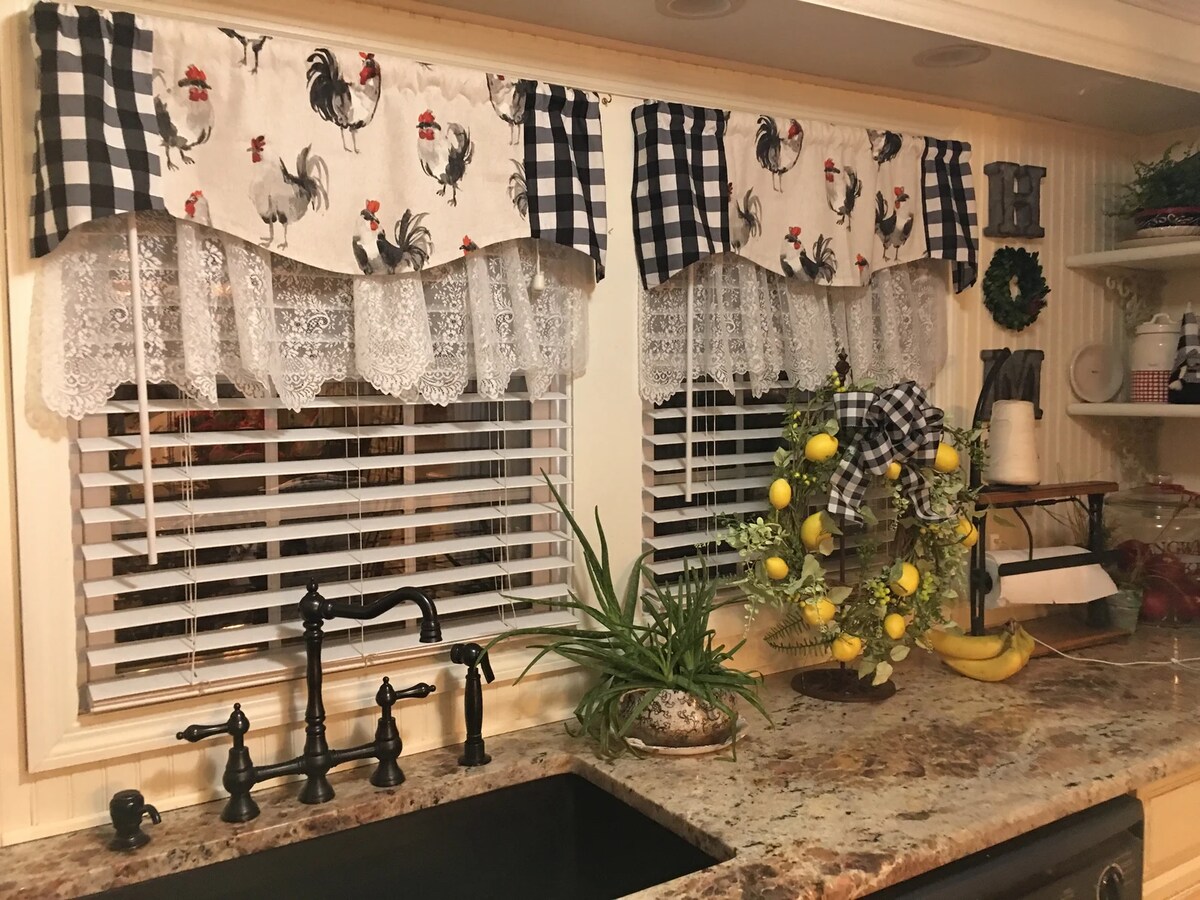
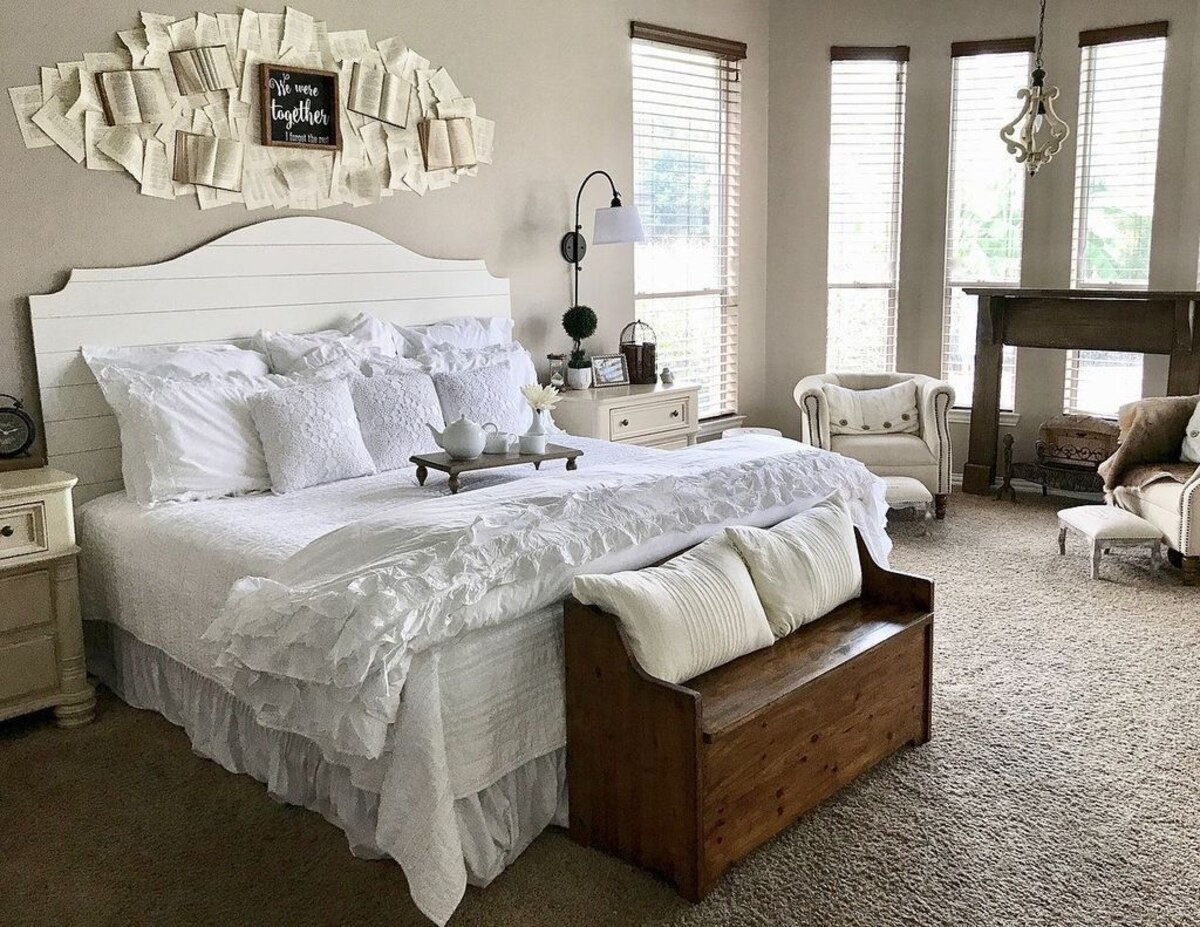
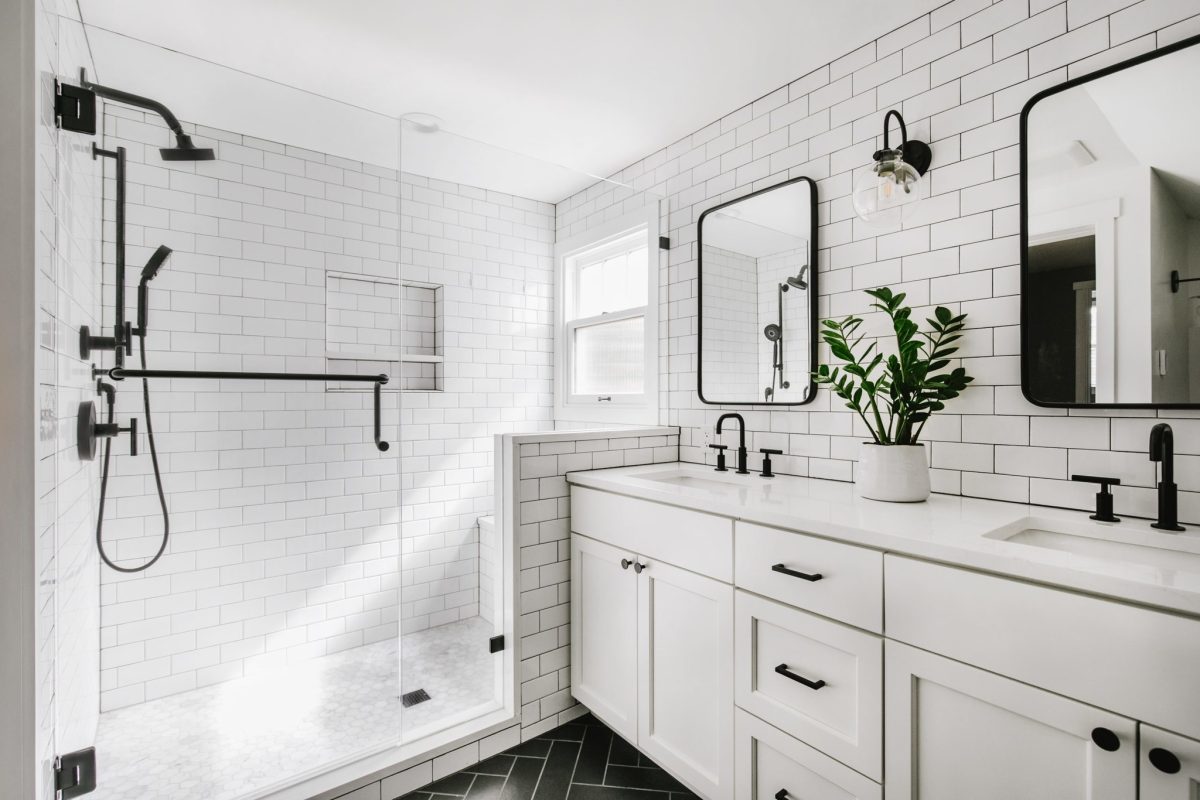
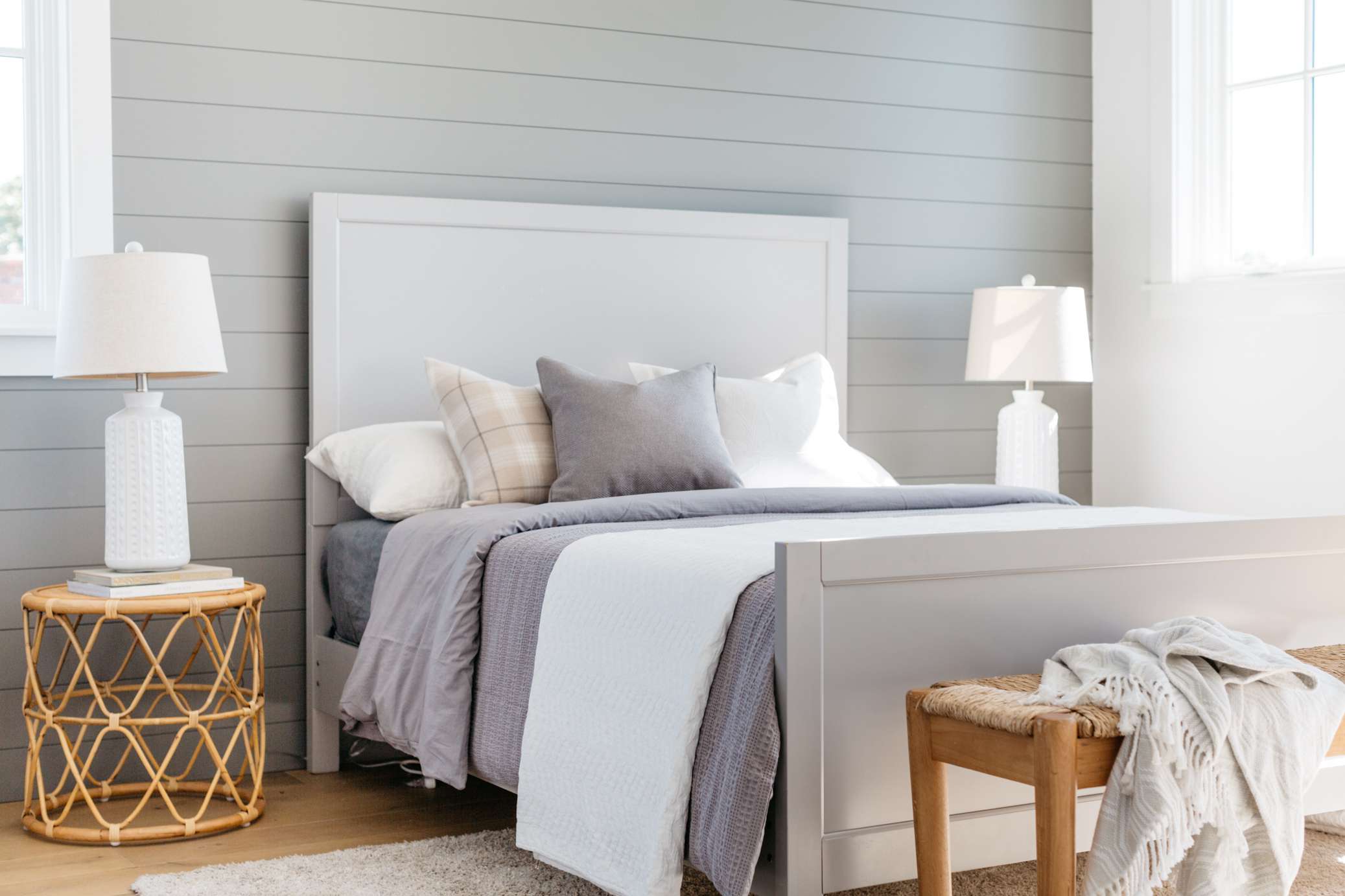
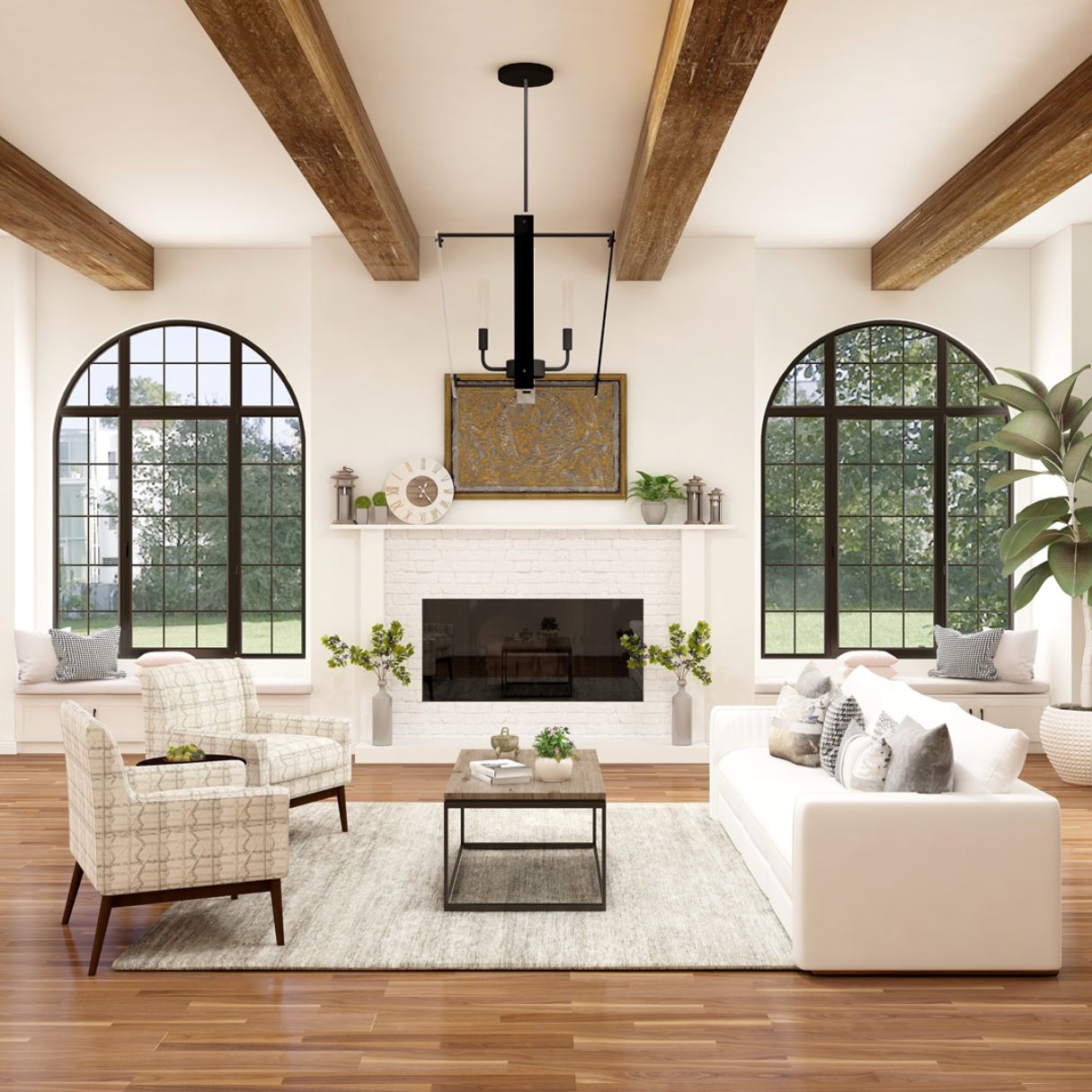

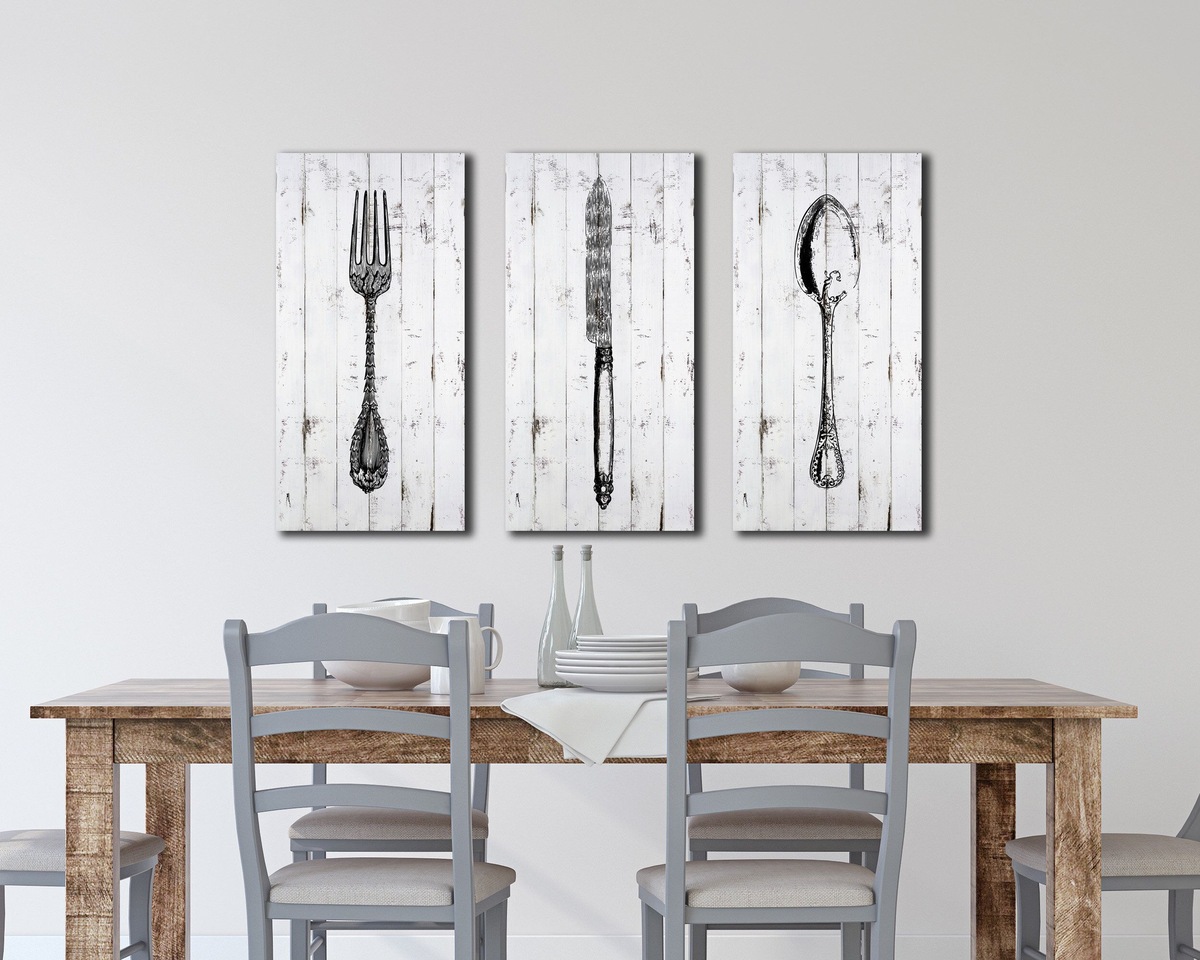
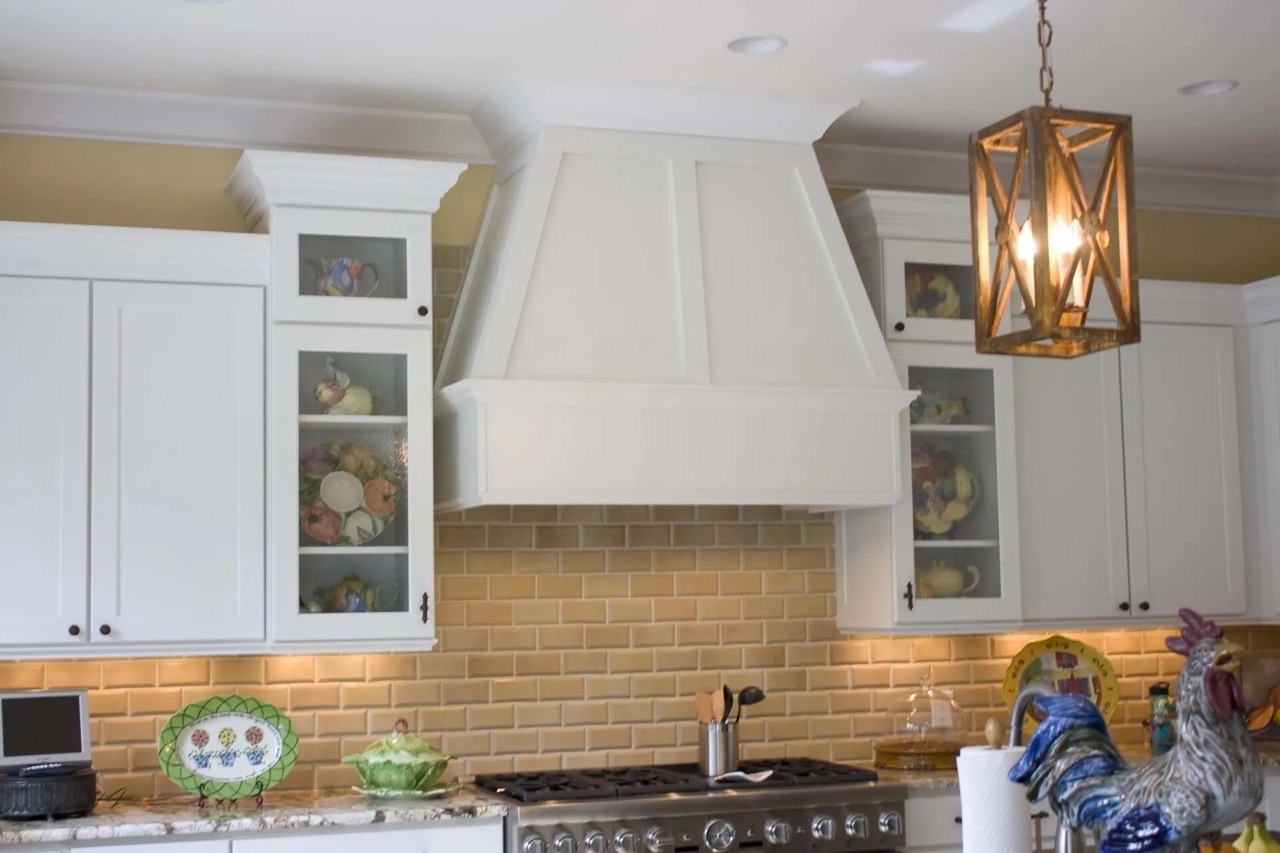

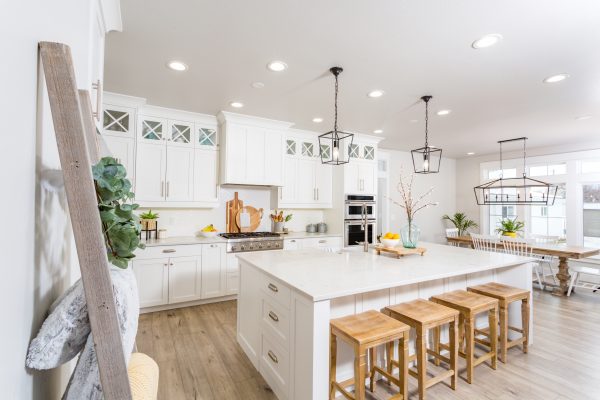
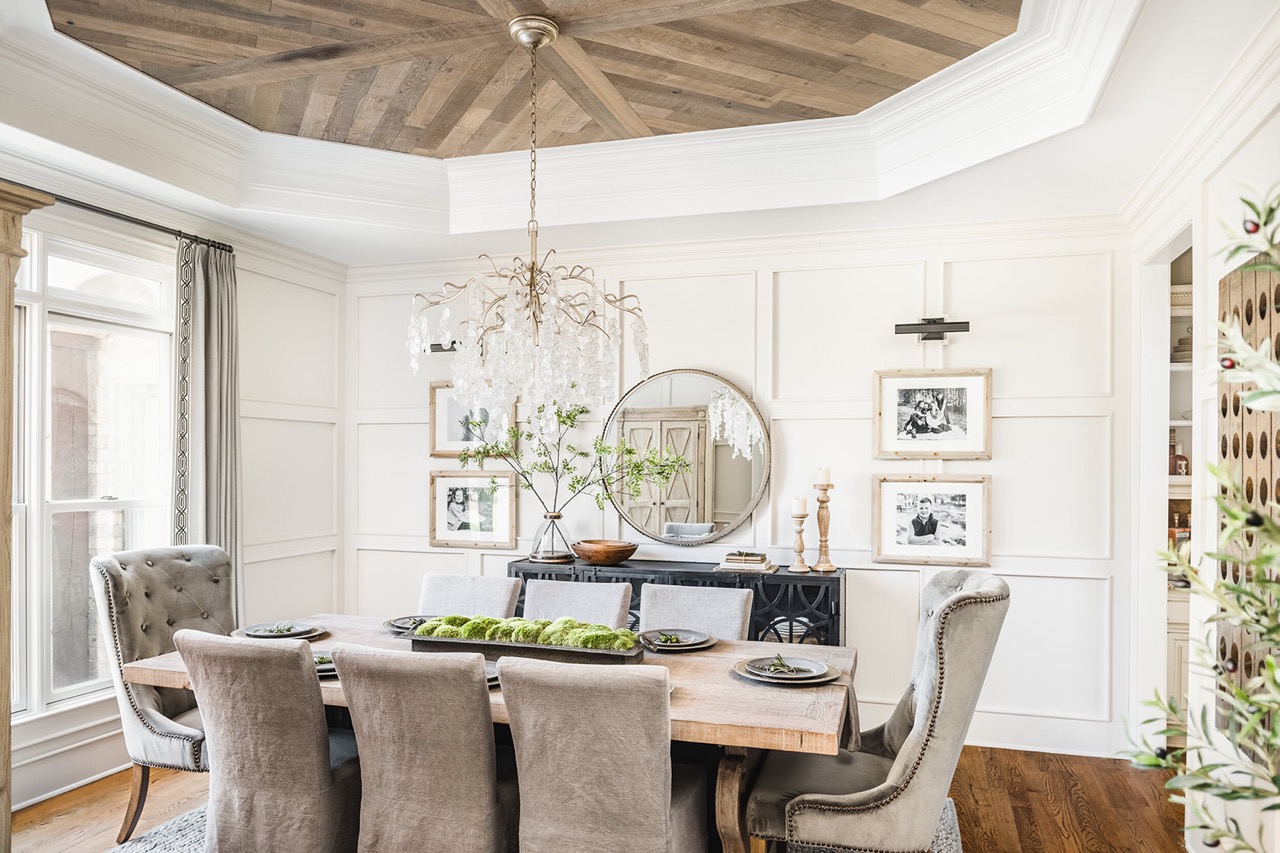
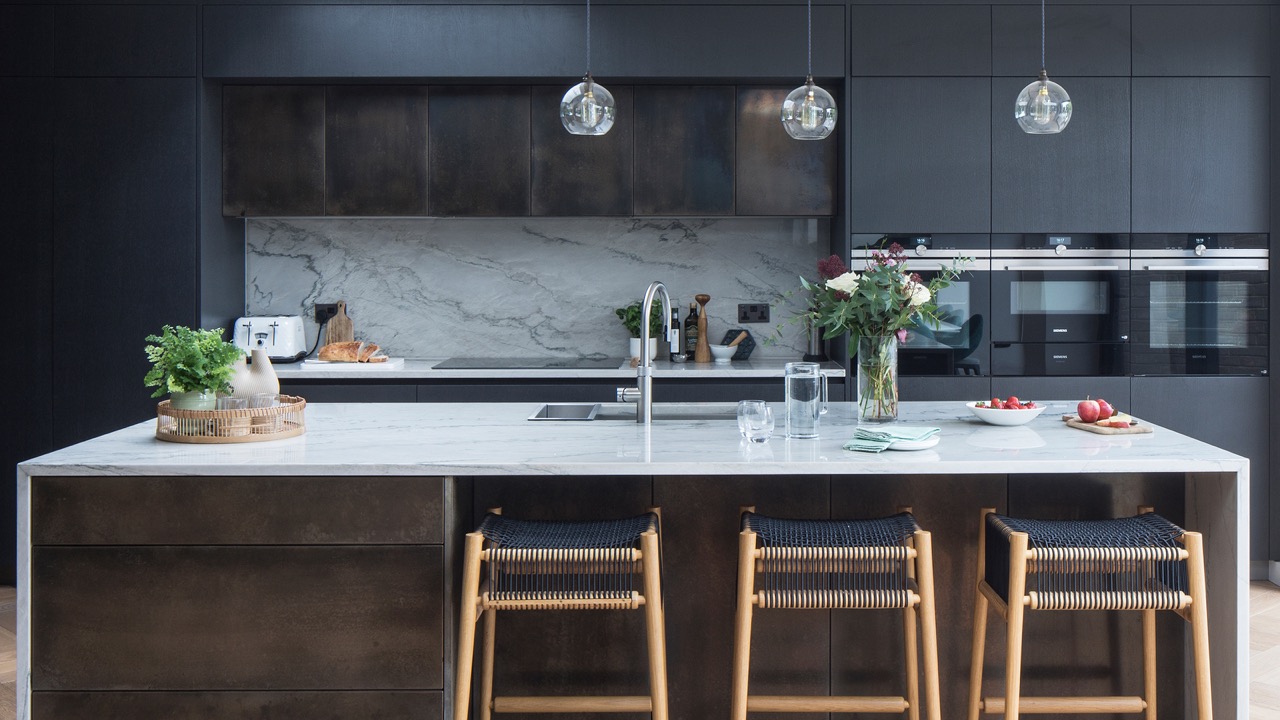
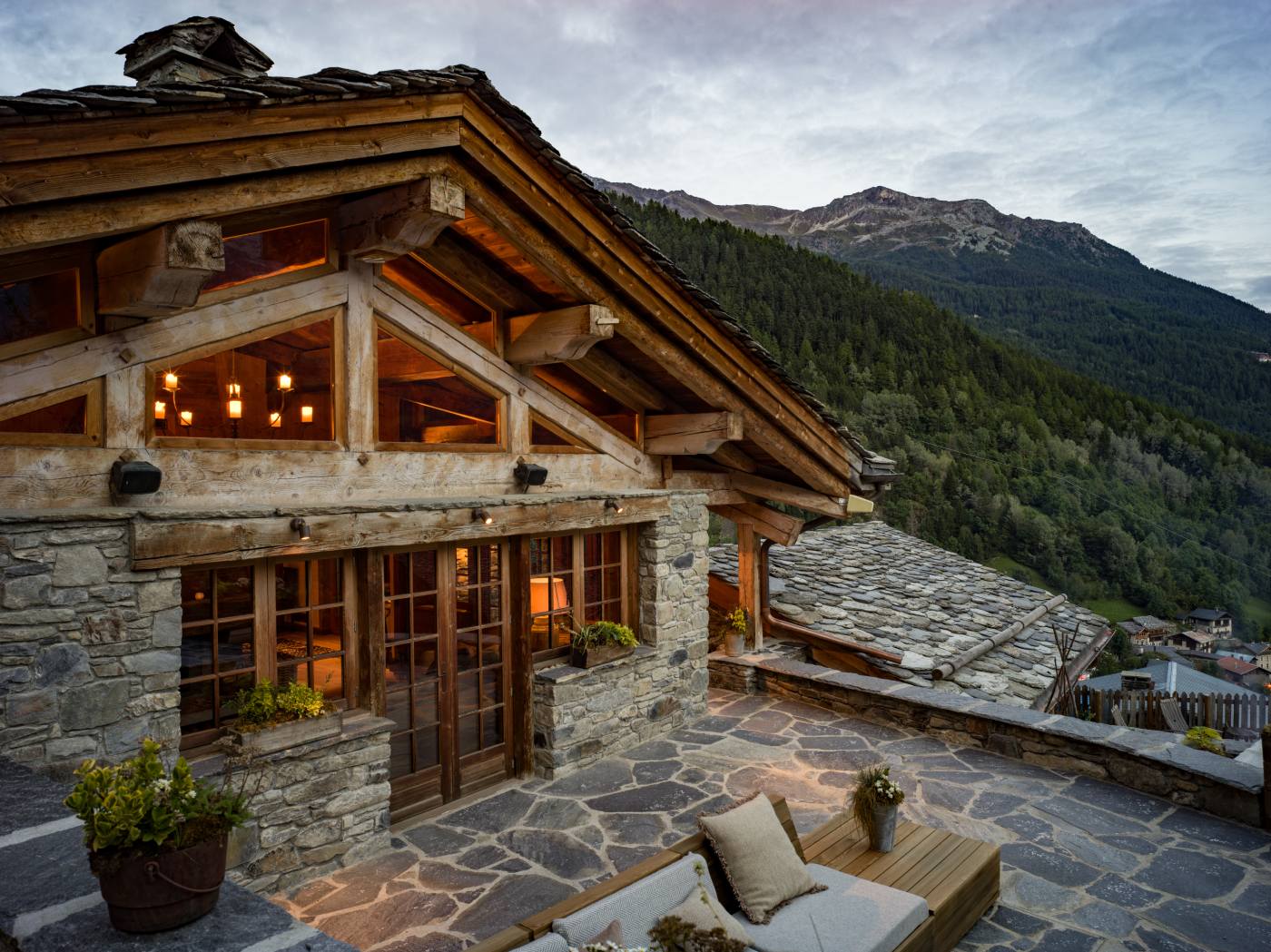

0 thoughts on “Farmhouse Kitchen Ideas: 36 Modern Rustic Kitchen Pictures”